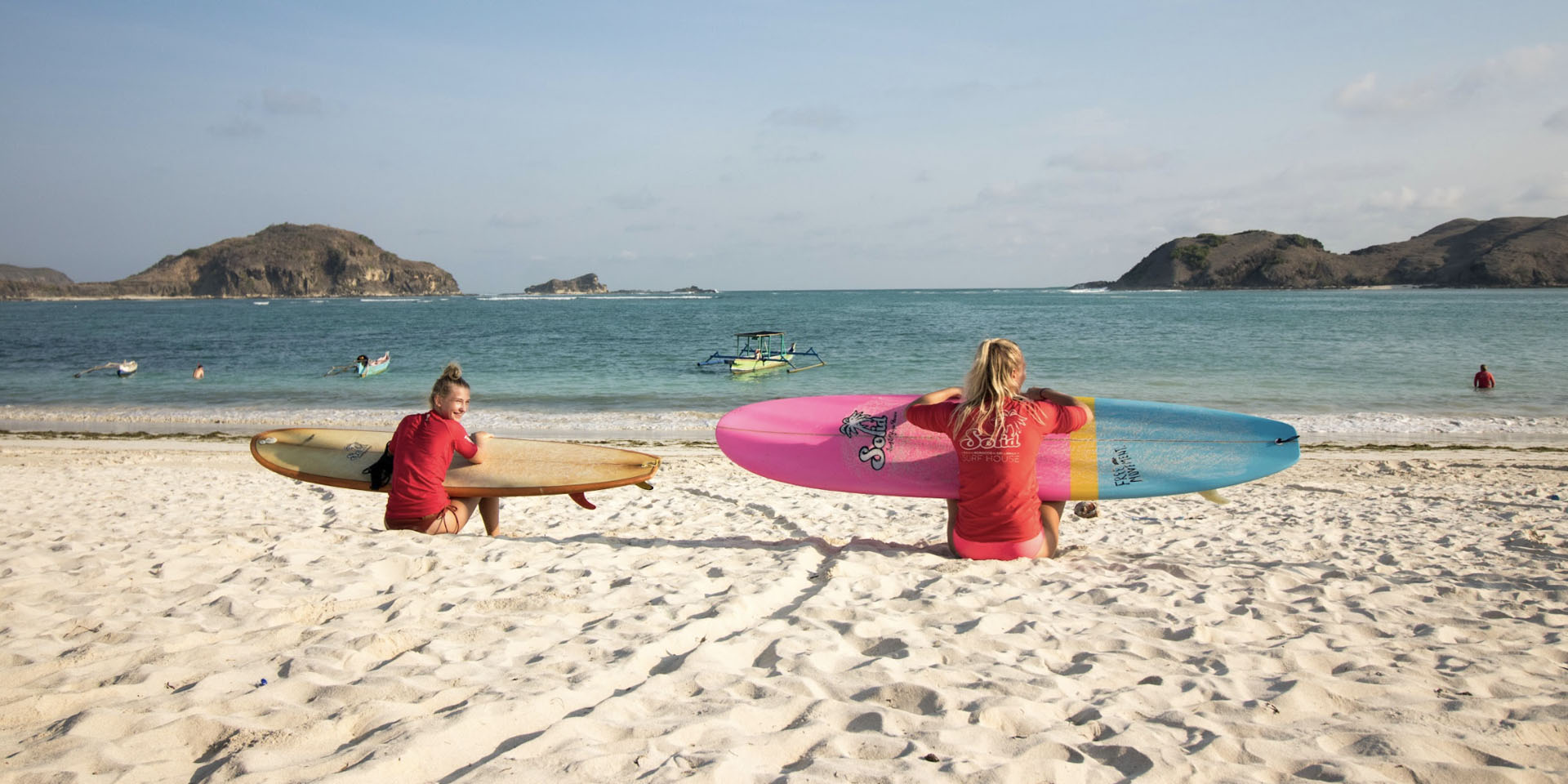
Home » How to Learn to Surf in 10 Steps – The Perfect Guide for Beginners
How to Learn to Surf in 10 Steps – The Perfect Guide for Beginners
Learn to Surf in 10 Steps Surfing is a thrilling and exciting sport that can be enjoyed by people of all ages and skill levels. However, it can be intimidating for beginners to know where to start Learn to Surf in 10 Steps. With the right guidance and techniques, anyone can learn how to surf. In this guide, we’ll break down the process into 10 easy-to-follow steps that will help you get started on your surfing journey.
Table of Contents
1. Get the Right Gear
Before you even hit the water, you’ll need to have the right gear. This includes a surfboard, leash, and wetsuit. When choosing a surfboard, it’s important to consider your skill level and the type of waves you’ll be riding. A longer and wider board is typically better for beginners as it provides more stability.
2. Choose the Right Beach
Choosing the right beach is key when learning how to surf. Look for a beach with gentle waves and a sandy bottom, as opposed to a rocky one. Some popular beginner surf spots include Waikiki Beach in Hawaii, Bondi Beach in Australia, and San Onofre State Beach in California.
3. Learn How to Paddle
Paddling is an essential skill in surfing. It’s important to have the right technique to be able to catch waves effectively. Start by lying on your board and paddling with your arms in a freestyle stroke, making sure to keep your fingers together and your arms close to your body.
4. Practice Popping Up
The “pop-up” is the move that takes you from lying on your board to standing up. It’s important to practice this move on land before attempting it in the water. Start by lying on your board and placing your hands on either side of your chest. Push up with your arms while bringing your back foot forward to a kneeling position. From there, bring your front foot forward and stand up, keeping your knees bent and your arms outstretched for balance.
5. Learn How to Read Waves
Reading waves is an important skill in surfing. It involves understanding the movement and behavior of the ocean to be able to catch waves effectively. Look for areas where the waves are breaking consistently, and where the water is deep enough for you to stand.
6. Start Small
When starting out, it’s important to start with small waves. This will help you build confidence and improve your skills gradually. Look for waves that are waist-high or smaller and try to catch as many as possible to get a feel for the board and the ocean.
7. Get Comfortable in the Water
Being comfortable in the water is key when learning how to surf. Spend time in the water outside of your surf sessions to get used to the environment. Practice treading water and holding your breath, and try swimming in different conditions such as choppy or rough waters.
8. Take a Lesson
Taking a lesson from a professional instructor can be extremely helpful in improving your surfing skills. They can provide you with personalized feedback and advice, and can help you correct any bad habits you may have picked up.
9. Practice, Practice, Practice
The key to improving in surfing is to practice consistently. Make a schedule and commit to getting in the water as often as possible. Set goals for yourself, whether it’s catching a certain number of waves or improving your pop-up technique.
Read also: Wave-Riding Foundations: 10 Essential Beginner Surfing Tips
10. Respect the Ocean
Finally, it’s important to respect the ocean and the environment around you. Always follow local rules and regulations, and be mindful of other surfers and beachgoers. Keep the beach and ocean clean by picking up any trash or litter. Remember, surfing is not just a sport, but a way of life that requires a deep connection with nature.
Conclusion
Learn to Surf in 10 Steps can be a challenging but rewarding experience. By following these 10 steps and staying committed to your practice, you can become a confident and skilled surfer in no time. Remember to always respect the ocean and the environment, and have fun out there catching waves!
The absolute basic rule of surfing is to manage your expectations!
- Choose the right board: When you’re first starting out, it’s best to choose a longboard or foam board that is wide and stable. This will give you the best chance of catching waves and staying balanced.
- Find a good location: Look for a beach with small waves and a gentle slope. Avoid crowded areas or places with strong currents.
- Get the right equipment: You’ll need a wetsuit (cold water), leash, and wax for your board. Make sure everything fits properly and is in good condition.
- Learn the basics: Before you hit the water, practice paddling and popping up on your board on the sand. This will help you get a feel for the movements. Book a surflesson at a surf school, click here for some tips of surf schools in Europe, if you feel you want to go out of Europe and discover the tropical warmer waters check our ISA certified surfschool/camps in Morocco, Bali and Sri Lanka.
- Start small: Begin with small waves that you can easily catch and ride. Remember to keep your weight centered on the board and your eyes on the horizon.
- Practice makes perfect: Surfing takes time and practice to master. Keep at it, and don’t get discouraged if you fall off your board or struggle to catch waves at first.
Here are a few additional tips for mastering the waves:
- Stay relaxed and focused: Surfing requires concentration and calmness. Don’t get too worked up or tense, and always stay aware of your surroundings.
- Watch other surfers: Observe other surfers in the water and learn from their techniques and movements. You can also watch instructional videos online or take lessons from a professional.
- Respect the ocean: Always respect the power of the ocean and follow basic safety guidelines. Don’t surf alone, and be aware of any hazards in the water.
- Keep practicing: The more time you spend in the water, the better you will become. Don’t give up, and keep working to improve your skills and technique.
Remember, surfing is all about having fun and enjoying the waves. With a little practice and patience, you can become a confident and skilled surfer



